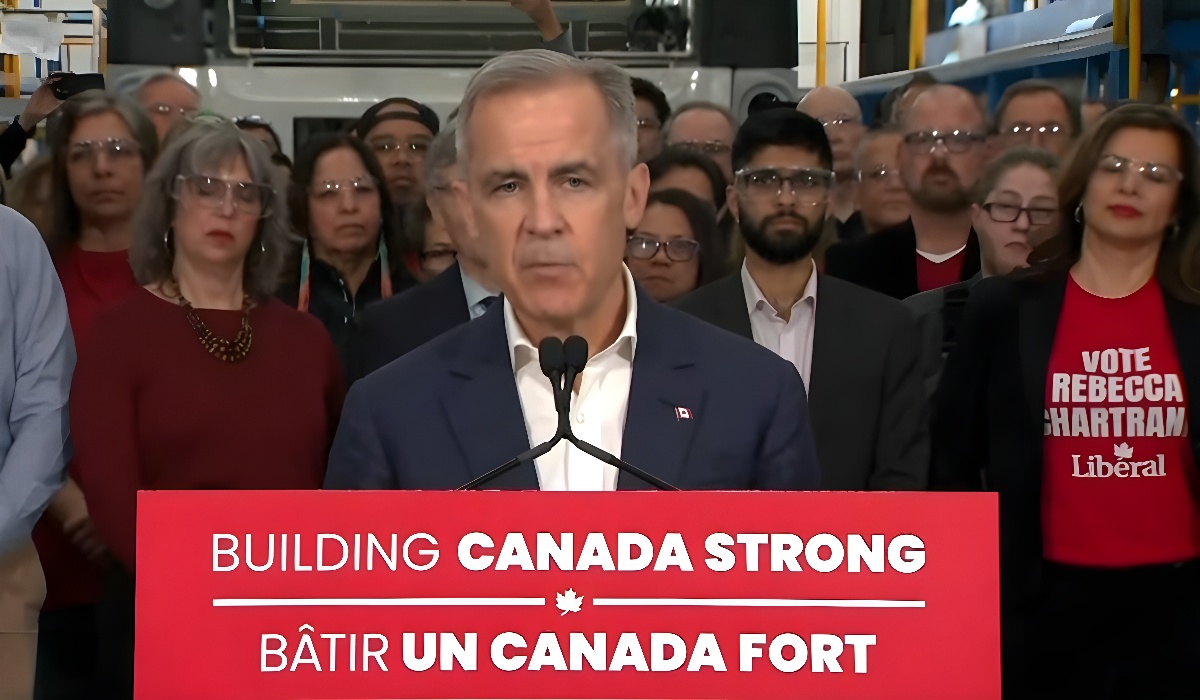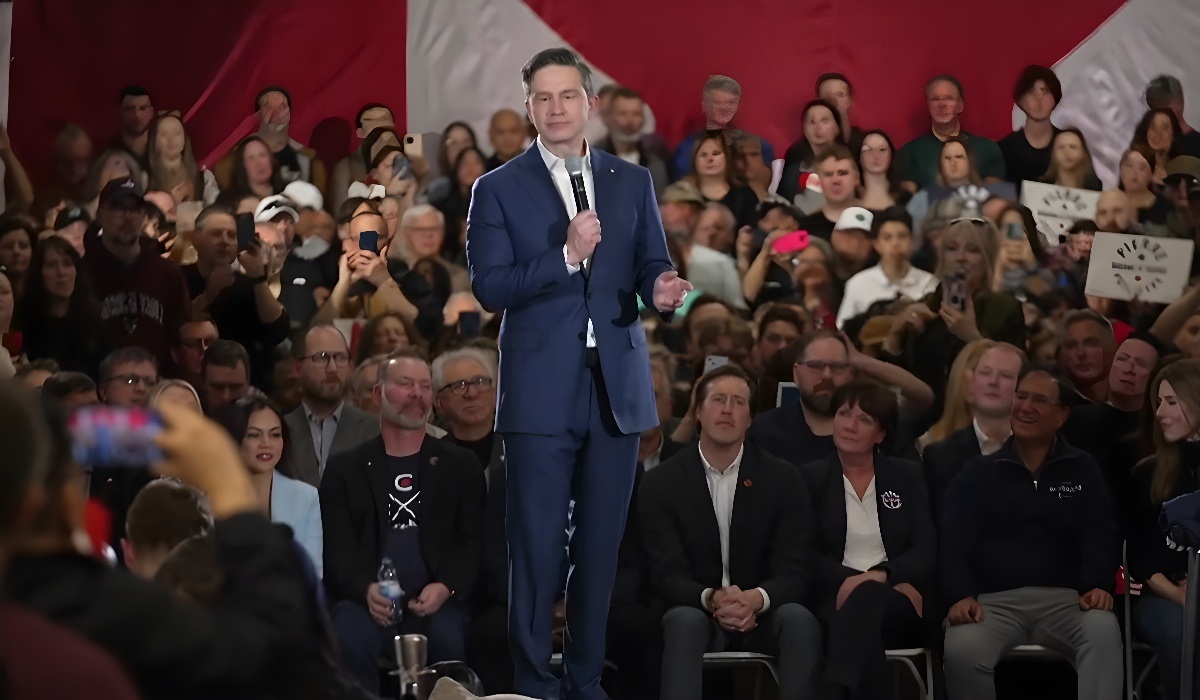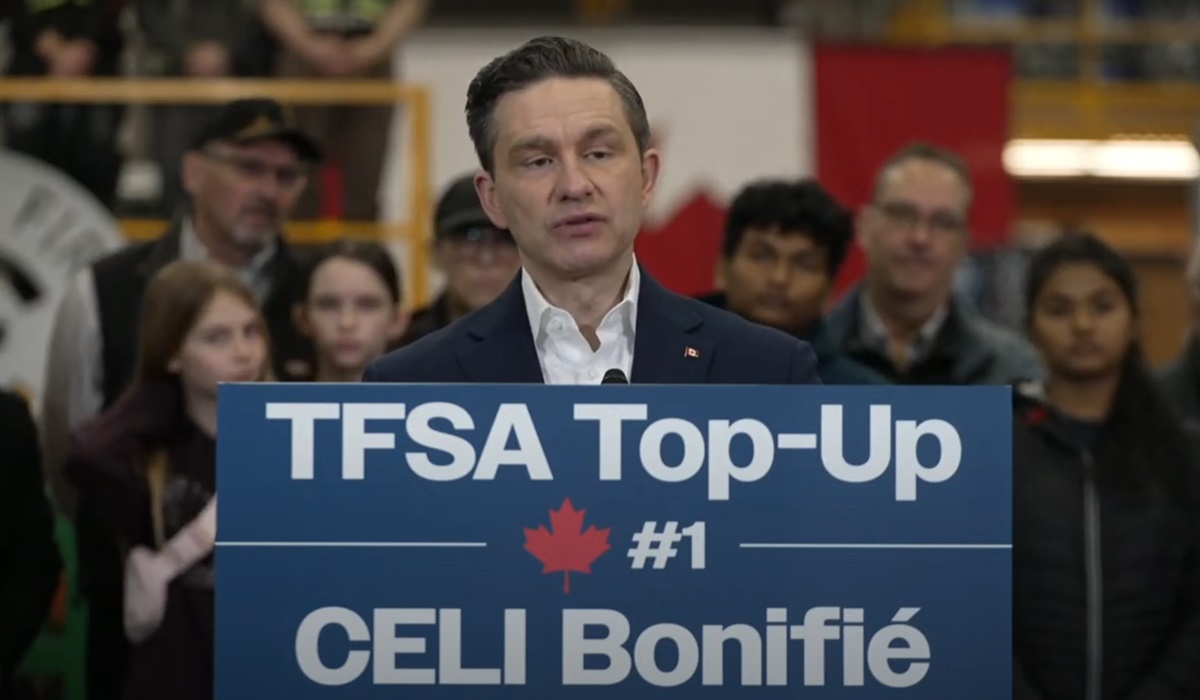The Dirty Little Secret of Canadian Elections: Paper Candidates and Parachutes
- TDS News
- Canada
- March 24, 2025

Image Credit, Marc Hatot
Now that the writ has dropped and Canada is officially in election mode, it’s time to dust off one of the most poorly kept secrets in national politics: paper candidates. Yes, those ghosts on the ballot who aren’t knocking doors, making calls, or even putting up lawn signs. They’re the placeholder names that parties use to give the illusion of national reach, and with a snap election called with just 30 days’ notice, you’re about to see a whole lot more of them.
Let’s call it what it is: a party’s performance is judged not just by the seats it wins, but by how many candidates it fields. Failing to run someone in every riding makes a party look disorganized, unserious, and unready to govern. So instead, they scramble. They parachute in candidates from other areas, often unfamiliar with the riding, or they nominate people who have zero intention of seriously campaigning. These are the paper candidates—names on a ballot to fill the gap, nothing more.
They don’t advertise. They don’t canvass. There’s no phone banking, no events, no visibility. Sometimes, if they’re lucky, the party gives them one courtesy literature drop to make it seem like they’re part of a real operation. But everyone involved knows the truth: these candidates were never supposed to win. They’re sacrificial lambs meant to keep up appearances.
Every party does it. The NDP, Liberals, Greens—none are immune. Some rely more heavily on this tactic than others, depending on how much ground they need to cover and how many volunteers or funds they have to spare. But if there’s one party that probably won’t be indulging in a paper candidate blitz this time, it’s the Conservatives. They’ve been preparing for this moment for years. Their war chest is full. Their ground game is organized. They’re treating every riding like it’s winnable, even the long shots.
It’s easy to understand why this happens, especially in a snap election. Parties are suddenly tasked with fielding 338 vetted candidates in a matter of days. That’s a logistical and political nightmare. The vetting process—meant to screen out candidates with controversial histories, inflammatory remarks, or problematic social media posts—gets rushed or skipped entirely. As a result, many of the candidates you’ll see in the coming days will be acclaimed with little to no scrutiny.
And every election, without fail, at least a few candidates become liabilities. Opposition researchers dig through their Twitter feeds, Facebook posts, blog entries, and public comments looking for anything racist, sexist, homophobic, ageist—or worse. Then comes the media pressure. Then the apologies, the disqualifications, or in some cases, the party standing by their candidate and doubling down. The whole cycle is baked into modern campaign strategy.
But don’t expect anything different this time. With 30 days to go, the parties will be prioritizing winnable ridings, triaging resources, and covering their flanks. The rest? Expect a flood of last-minute names dropped into unwinnable ridings just to say, “Look, we’ve got a full slate.” They’ll be introduced to the media, maybe smile in a headshot, and then vanish into the fog of the campaign.
It’s a deception that voters tolerate, and insiders accept, but it’s worth asking: if a party is willing to fake a candidate in your riding, what else are they willing to fake?
The real election, it seems, isn’t always on the ballot.








